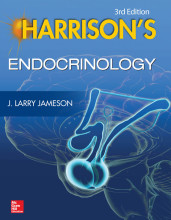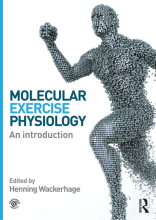Summary: Skeletal Muscle Plasticity
- This + 400k other summaries
- A unique study and practice tool
- Never study anything twice again
- Get the grades you hope for
- 100% sure, 100% understanding
Read the summary and the most important questions on Skeletal muscle plasticity
-
1 Introduction
This is a preview. There are 1 more flashcards available for chapter 1
Show more cards here -
What is the aim of the study?
provide a synopsis of how muscle cells adapt their structural and functional properties in accordance with the type and amount of physical stress imposed on the system. With a special focus on the regulation of the myosin heavy chain. -
Which inducers of muscular adaptation will be discussed?
Endurance training, Resistance training, muscle disuse, muscle unloading -
What is thought about the myosin hevay chain expression when the environment forces a muscle to adapt?
The expression will change -
2 Fundamental Concepts
-
2.1 Organelle Plasticity
-
How is muscle plasticity defined?
As the capacity of the muscle cell to alter- protein amount
- protein type
-
2.2 Protein Isoform
This is a preview. There are 1 more flashcards available for chapter 2.2
Show more cards here -
What is the use of having different isoforms of a molecule?
They will have slight variations in aminoacid sequenses that will result in altered structural, functional and/or enzymatic expression of that protein. -
How does altered mechanical activity affect the contractile properties of striated muscle via MHC expression?
more load: Type 2x --> Type 2a <-- Type 1
More time: Type 2a --> Type 1 -
What are the common features of type 2 muscle fibers?
- high ATPase activity and glycolytic activity
- Low oxidative capacity
- Peak power function
- sometimes active
-
2.3 Protein Turnover
This is a preview. There are 1 more flashcards available for chapter 2.3
Show more cards here -
Give an estimate of the MHC half-life:
7-10 days -
Can the half-life of MHC be increased? and how?
Yes, by low overal contractile activity and muscle unloading -
2.4 Flow of Genetic Information
This is a preview. There are 1 more flashcards available for chapter 2.4
Show more cards here -
Name several key steps in which a protein is synthesized and maintained.
- transcription
- pre-RNA processing
- Translation
- post translation modifications
- molecular stability
- Higher grades + faster learning
- Never study anything twice
- 100% sure, 100% understanding

































